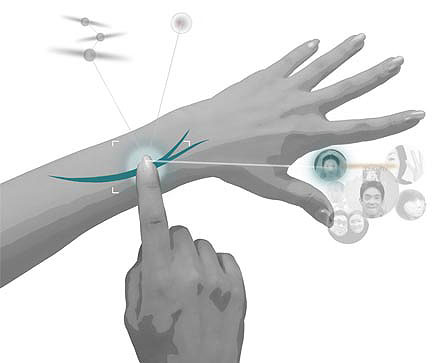In today's modern era communication has transformed in a vast manner. The time of emails, internets, mobile, etc have been introduced in this 21st century. There were times when there were the system of letter and gramophones. The gramophones then were also very rare amongst the people. The system of letters were very much use in the olden times. People used letters as a medium of communication. They wrote letters to their beloved ones who were away from them. The letters then were sent and received very late.
But now it is not so .The developing technologies have brought many useful devices for communication. Devices such as computers, mobiles, telephones, emails, and internet have made life of the people very easy in communication amongst their own ones. One can easily get the condition and life of other people who is away from home. The inventors today have been developing new technologies every second. The invention of internet has made us very comfortable because the letters that use to take days to be sent now is sent in some seconds. Mobiles have made us easy as it can be carried from one place to another. It can also be taken to the places where there are no land phones. So this is another great invention by the inventors.
So the communication in modern world is very fascinating as it is very comfortable and easy to use. One can easily see the changes that have been brought from the old period to this modern era by the skilled people. So in conclusion one can easily read that the communication of modern world is far more better than that it was in the old days of the world.


























